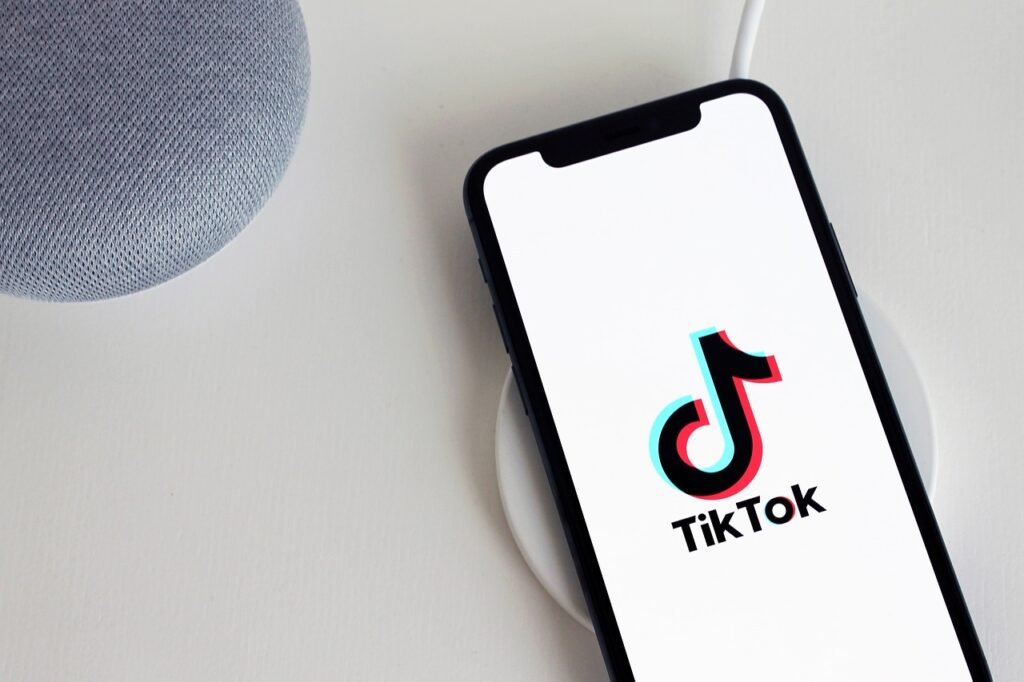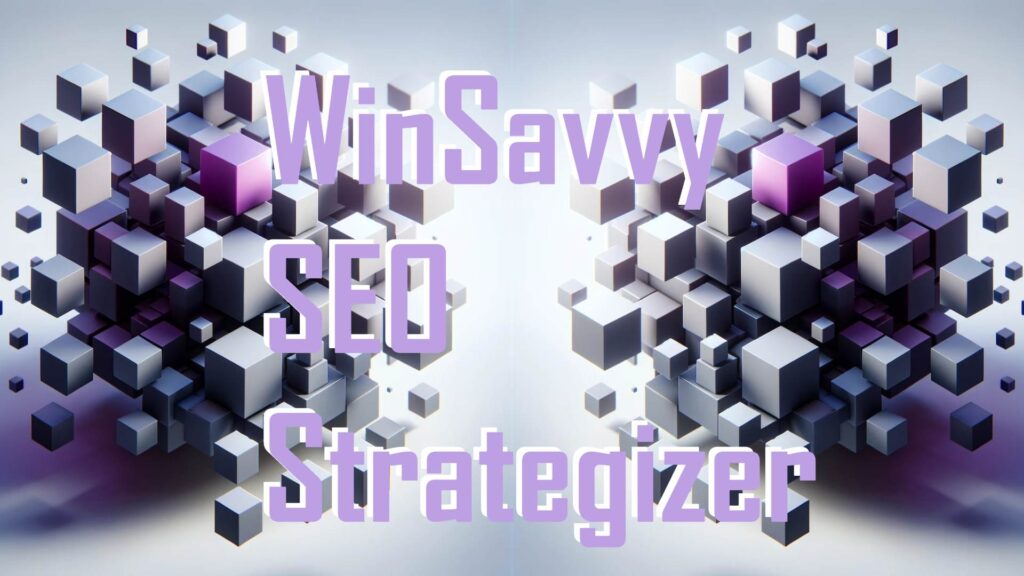Community-driven marketing has become a powerful strategy for brands to grow and maintain loyal audiences. At its core, it’s about building a brand around people—your customers, followers, and fans. They are your advocates, your biggest supporters, and they can be your strongest marketers. But building a community around your brand doesn’t have to cost a fortune. Even with a tight budget, you can grow an engaged community that amplifies your brand organically.
In this guide, we’ll break down how to scale community-driven marketing in a cost-effective way. From fostering meaningful connections to leveraging user-generated content, we’ll cover strategies that create authentic relationships with your audience, helping you build a thriving community around your brand.
Understanding Community-Driven Marketing and Its Impact
Why Community-Driven Marketing Works
Community-driven marketing centers around engaging your audience to participate, share, and advocate for your brand. This approach builds trust and loyalty, as people are more likely to connect with real voices and stories than with paid ads. When done well, community-driven marketing:
- Increases brand loyalty through genuine connections.
- Generates organic word-of-mouth referrals.
- Enhances brand credibility by showcasing real customer experiences.
- Saves on marketing costs by leveraging the power of your audience.
In essence, it turns your community into a marketing asset, creating a loop where customers become your promoters. And the best part? It doesn’t need a massive budget to be effective.
Identifying Your Brand’s Core Community
To start scaling community-driven marketing, first identify the people who are most likely to resonate with your brand. These are not just any followers—they are people who find value in your brand’s purpose, products, or values. They may be loyal customers, industry enthusiasts, or social media followers who consistently engage with your content.
Once you identify this core community, focus on building meaningful relationships with them. This group will be the foundation of your brand’s community, setting the tone and culture for future growth.
Step 1: Create Value-Driven Content to Spark Engagement

Share Your Brand’s Mission and Story
People connect with stories, especially ones they can relate to. Sharing the mission behind your brand allows your audience to understand who you are and why you exist. By being transparent about your brand’s values and purpose, you’re inviting people to connect on a personal level.
For example, if your brand promotes sustainable fashion, share stories about how your products are made, the impact of fast fashion, or even your journey to make your brand eco-friendly. Content that reflects your mission gives your audience a reason to support and share your brand with others.
Provide Content That Solves Problems or Inspires
Community-driven marketing thrives when you consistently provide value to your audience. This could be through content that educates, inspires, or entertains. Think about what problems your audience faces and how your content can help solve them.
For instance, if you’re a fitness brand, sharing workout routines, nutrition tips, and motivational stories can keep your community engaged. If you run a small business selling artisanal coffee, share brewing tips, coffee recipes, or educational content about coffee origins. Providing valuable content keeps your community returning to your brand for insights and inspiration.
Encourage Conversations Around Content
Creating community-driven content isn’t just about sharing—it’s about sparking conversations. Instead of simply posting updates, ask open-ended questions, encourage followers to share their experiences, or get their opinions on industry topics.
Social media is ideal for this. For example, on Instagram or Twitter, ask followers what their biggest wellness goals are or what challenges they face in their daily routine. Encourage responses, and be sure to actively participate in these discussions. When you engage with people, they feel valued and are more likely to remain involved with your brand.
Step 2: Leverage User-Generated Content to Build Trust
Encourage Customers to Share Their Experiences
User-generated content (UGC) is a key component of community-driven marketing. When your customers share photos, videos, or testimonials, they’re promoting your brand organically. Start by encouraging customers to share their experiences with your products on social media, tagging your brand or using a unique hashtag.
For example, create a branded hashtag like #LifeWithYourBrand or #YourBrandStory, and invite customers to use it when sharing photos or stories about your product. You can even host a monthly “customer spotlight” where you feature a customer’s post. This approach increases engagement and creates a sense of community around shared experiences.
Run Contests and Challenges
A low-cost way to generate UGC is by running contests or challenges that encourage people to participate and share their content. For example, if you sell eco-friendly products, challenge your followers to share their best eco-friendly hacks, using your products if possible. Offer a small prize or feature for the best submission.
Challenges and contests inspire people to engage with your brand in a fun way and spread your reach as people share their entries with their own networks. Just keep the rules simple and the requirements easy to participate in, especially if your budget is tight.
Repurpose UGC Across Your Channels
Make the most of UGC by sharing it across all your channels. Feature customer photos on your social media, include testimonials in your newsletters, or showcase success stories on your website. Repurposing UGC saves on content creation costs and adds authenticity, as people trust the experiences of other customers over traditional ads.
When you share UGC, be sure to tag and thank the original creators. This recognition makes customers feel appreciated and further strengthens their connection to your brand.
Step 3: Foster a Community on Social Media

Choose the Right Platform for Your Community
Not every social media platform may be ideal for your community. Select the platforms that align with your brand and audience’s preferences. For example:
- Facebook and LinkedIn are ideal for creating groups and discussions around professional topics.
- Instagram and Pinterest are great for brands with a strong visual focus, like fashion, beauty, or food.
- Twitter and Reddit work well for brands that thrive on conversations, trends, and engaging directly with people.
By focusing on the platforms where your audience is already active, you can create a more engaged and effective community without stretching yourself thin.
Create a Branded Group or Forum
Building a branded group on platforms like Facebook or LinkedIn is a cost-effective way to gather your community in one space. A group gives people a place to connect, share ideas, and discuss topics relevant to your brand. By creating a group that focuses on your niche, you’re providing a unique space for community members to bond with one another and your brand.
For instance, if you run a skincare brand, create a group where people can discuss skincare routines, product recommendations, and self-care practices. Groups are great for encouraging participation, as members can start their own conversations and even answer each other’s questions, creating a sense of camaraderie.
Host Regular Live Sessions or Q&As
Live sessions create real-time interaction, allowing you to connect directly with your community. Host Q&As, behind-the-scenes tours, or mini-webinars on topics that interest your audience. Live sessions feel personal and are a great way to share value while building trust.
For example, a fitness brand could host live workout sessions, or a food brand could hold a cooking demo using their products. During these sessions, engage with viewers by answering their questions or responding to their comments. This direct interaction makes your brand feel more accessible and relatable.
Step 4: Develop a Customer Loyalty Program for Retention
Create Simple Rewards for Engagement
Loyalty programs don’t have to be complicated or expensive. Offering small rewards or perks for engagement can go a long way in building loyalty. For example, create a points system where customers earn points for purchases, referrals, or sharing your content. Once they accumulate points, they can redeem them for discounts, freebies, or exclusive access to products.
If setting up a full loyalty program isn’t feasible, even small gestures like a thank-you email, a birthday discount, or early access to sales can make customers feel valued. Recognizing their loyalty strengthens the relationship and encourages repeat business.
Acknowledge Top Community Members
People love recognition, and a simple “thank you” can be powerful. Highlight active community members or loyal customers by giving them a shout-out on social media, featuring their story in a newsletter, or offering them a small perk.
Acknowledging top members helps others see that your brand values its community, motivating them to stay engaged. Recognition can be as simple as a social media post or a personalized email—it’s the gesture that counts.
Encourage Referrals for Organic Growth
Word-of-mouth referrals are a powerful, budget-friendly way to grow your community. Encourage existing customers to refer friends or family by offering a small incentive, like a discount or gift for both the referrer and the new customer. Referrals are particularly effective because they come from a trusted source, increasing the likelihood that new customers will engage with your brand.
When setting up a referral program, keep it simple and easy to participate in. By leveraging your existing community for referrals, you increase reach without needing to invest heavily in advertising.

Related: Check out our free tools:

Step 5: Measure and Adjust Your Community-Driven Strategy
Track Key Engagement Metrics
To understand what’s working and where there’s room for improvement, track engagement metrics like:
- Active participation in social media groups or forums.
- Content shares and comments on UGC or community-driven content.
- Conversion rate from community interactions, like live sessions or referral programs.
These metrics show which efforts are most successful in driving engagement and growth, allowing you to double down on high-impact strategies.
Collect Feedback from Your Community
Don’t be afraid to ask your community what they think. Encourage feedback on what they like, what they’d like to see more of, or what could be improved. Polls, surveys, and direct questions in your social media groups are easy ways to collect insights.
Listening to your community not only helps you adjust your approach but also demonstrates that you value their opinions, making them feel more invested in the brand. Continuous feedback helps you keep your community-driven marketing efforts relevant and effective.
Adapt Your Strategy as Your Community Grows
Community-driven marketing is dynamic. As your community expands, their needs and expectations may evolve. Stay adaptable and be ready to shift focus or add new elements to your strategy. For instance, if you initially focused on UGC but notice increased interest in interactive content, consider hosting more live events or creating new community challenges.
Regularly assessing your strategy ensures that your approach stays fresh and aligned with your community’s interests, keeping engagement high and fostering a lasting connection with your brand.
Scaling Your Community-Driven Marketing for Long-Term Success

Once you’ve established a community around your brand, the next step is to nurture and scale that community for sustained growth. Community-driven marketing is an ongoing process, and as your brand grows, so should your efforts to keep the community active, engaged, and loyal. Here are ways to keep scaling your community-driven marketing to fuel long-term success.
Establish Community Ambassadors to Strengthen Engagement
Community ambassadors are loyal customers or followers who naturally advocate for your brand and can help build and engage the community. These ambassadors can assist in moderating social media groups, hosting live events, or even creating content. Select ambassadors who are genuinely passionate about your brand and embody your brand values.
You can incentivize ambassadors with perks such as early access to products, exclusive discounts, or small rewards. By empowering ambassadors, you create a core group of advocates who amplify your brand’s message and help manage community engagement, making it easier to scale your efforts with limited resources.
Encourage User-Led Content and Discussions
As your community grows, encourage members to start their own conversations, share experiences, and help each other. This peer-to-peer interaction not only boosts engagement but also takes some of the pressure off your team to produce and manage all the content. Members answering questions, offering advice, or sharing personal stories enriches the community’s value.
You can foster this by posting discussion prompts or sharing topics for members to chime in on. For example, if you run a wellness brand, start a conversation about daily wellness routines and ask members to share their own. Over time, this practice encourages a more self-sustaining community where members feel empowered to contribute actively.
Host Annual or Quarterly Virtual Events
As your community grows, hosting virtual events can be an impactful way to bring people together. Annual or quarterly events, such as webinars, online conferences, or live product demos, allow you to engage with your community on a larger scale. Virtual events don’t require a large budget and can be hosted on platforms like Zoom or YouTube Live.
These events provide a unique opportunity for real-time interaction, exclusive content, and even new product announcements. You can make these events community-focused by inviting members to share their experiences, run Q&A sessions, or even feature customer success stories. This approach strengthens the community’s bond with your brand, fostering long-term loyalty and excitement.
Develop an Engaging Email Community Newsletter
An email newsletter dedicated to your community can be a powerful tool for regular engagement. Use it to highlight member achievements, share exclusive content, and keep everyone updated on upcoming events, contests, or news. This newsletter can feel like a special perk for community members, adding to their sense of belonging.
For instance, feature stories of community members or share user-generated content that stands out. Keep the tone casual and friendly, making readers feel like they’re getting an inside look at what’s happening in the community. Over time, this creates a more intimate connection and makes members feel valued and in-the-know.
Offer Members a Role in Product Development
One of the most effective ways to build loyalty is to involve your community in your brand’s evolution. Crowdsourcing ideas or seeking feedback on new products or features is a great way to make community members feel involved. Not only does this provide you with valuable insights, but it also creates a sense of ownership among your community.
For example, if you’re launching a new product, ask for input on packaging, design, or features. You could host a poll or send a survey asking for feedback on product names or colors. By involving your community in the creative process, you demonstrate that their opinions matter, and you’re building products that truly cater to their preferences.
Recognize and Celebrate Milestones Within the Community

People love being part of something bigger than themselves, and celebrating community milestones can strengthen this bond. Recognize and celebrate key moments, like reaching a certain number of members, an anniversary, or other achievements.
For example, send out a thank-you email to all members or post a celebratory message on social media. Small gestures like these remind your community of their value and the impact they have on your brand’s success. Recognizing milestones keeps the community motivated and engaged, reinforcing their commitment to your brand.
Invest in Community-Driven Marketing Analytics
As your community grows, analytics become essential for understanding what’s working and where there’s room for improvement. Track engagement rates, UGC participation, referral numbers, and retention metrics to measure the effectiveness of your community-driven marketing efforts. Use free or affordable tools like Google Analytics, built-in social media insights, or email marketing analytics to gather insights.
Analytics help you identify which activities drive the most engagement and which strategies need adjustment. For example, if UGC engagement drops, you might need to reinvigorate it with a fresh campaign or challenge. By regularly reviewing your data, you can keep refining your approach to ensure your community efforts stay relevant and impactful.
Create a Feedback Loop for Continuous Improvement
Building a strong community is about listening as much as it is about engaging. Make feedback an ongoing part of your community-driven strategy by regularly asking members for input on their experience, suggestions for improvement, or new features they’d like to see.
Implementing a feedback loop not only helps you improve but also shows that your brand is responsive to its community. Send out occasional surveys, create polls in social media groups, or encourage members to reach out with ideas and comments. This feedback-driven approach keeps your strategy aligned with your community’s evolving needs, making them feel valued and involved.
Foster Collaboration and Cross-Promotion with Other Communities
As your community grows, consider collaborations with other like-minded communities or brands. Partnering with communities that share similar values or complementary products can introduce your brand to new audiences while enriching your current community.
For example, if you’re a wellness brand, you could collaborate with a fitness brand for a joint event or campaign. Cross-promotional activities, like co-hosted webinars or collaborative content, can bring fresh perspectives to your community, providing more value and variety. Collaboration is a cost-effective way to scale your community reach while maintaining authenticity.
Final Thoughts: Building Community on a Budget for Lasting Growth
Scaling community-driven marketing doesn’t require a huge budget—it requires authenticity, engagement, and consistent value. By creating a space where people can connect, share, and feel valued, you’re building a brand that resonates deeply with your audience. Remember, community-driven marketing is a long-term approach. It may take time to see results, but the relationships you build will contribute to your brand’s success and stability in ways that paid ads never could.
From encouraging UGC to hosting live sessions, fostering a community is all about interaction and trust. As you nurture these relationships, you’ll create a loyal, engaged community that actively supports your brand and becomes a key driver of organic growth. With these strategies, you can grow your brand’s community effectively and sustainably, no matter the size of your budget.
READ NEXT:
- Are Vanity Metrics Killing Your Marketing Efficiency? Here’s What to Track Instead
- Pinpointing Digital Marketing ROI: Why Your Metrics Aren’t Telling the Full Story
- Unlocking Real ROI in Digital Marketing: The Hidden Costs Draining Your Budget
- How Misaligned Marketing Funnels Are Blocking Your ROI Potential
- Best Digital Marketing Agency In Santa Ana, California
- Best Digital Marketing Agency In San Francisco, California




















